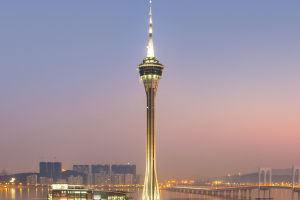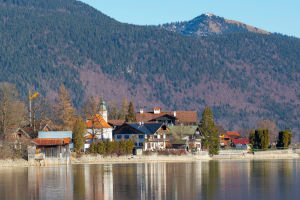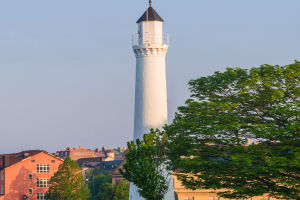Rising above Jackson Hole, Wyoming, the jagged, snow-capped peaks of the Teton Range dominate the landscape in Grand Teton National Park.
From the towering 13,770-foot Grand Teton to the shimmering Jenny and Jackson lakes, which mirror the mountains’ grandeur, the park offers endless photo opportunities.
But this destination isn’t just for mountaineers and photographers. In winter, visitors can enjoy cross-country skiing and snowshoeing. During the peak summer months of July and August, the park’s trails beckon hikers of all levels, unveiling hidden waterfalls and panoramic views of the Tetons.
The Snake River offers adventures for kayakers, rafters, and anyone looking to enjoy a leisurely float. For history enthusiasts, sites like Menors Ferry and Mormon Row provide a glimpse into the 19th-century Western Frontier.
Best Months to Visit
The ideal time to visit Grand Teton is from mid-May to late September, when the park’s visitor centers, hiking trails, and activities such as kayaking, horseback riding, and fishing are fully open and accessible. October in Grand Teton National Park can offer either a sunny, magical fall or an early taste of winter. However, even during warmer fall days, many of the park’s campgrounds and facilities begin to close for the season.
How to Save Money in Grand Teton National Park?
Camp Out
Camping is a budget-friendly option compared to staying at the park’s lodges. Reserve your campsite early at recreation.gov, with bookings available up to six months in advance.
Pack a Picnic
Save on meals by stopping at a grocery store in Jackson and packing your own lunch. Enjoy your meal at scenic spots like Cottonwood Creek and String Lake picnic areas, which are equipped with vault toilets for convenience.
Split the Fee
Share a ride with friends to split the $35 entrance fee. This pass grants access for the driver and passengers for seven days, making it an affordable way to explore the park together.
Bike Into the Park
Take advantage of the paved pathway that connects Jackson to Grand Teton National Park, continuing on to South Jenny Lake. For just $20, you can enter the park by bike, saving on transportation costs while enjoying the scenic ride.
What to Eat?
Grand Teton National Park boasts 10 restaurants, but they’re only open from mid-May to late September. These include fine dining options that require reservations, such as those at Jenny Lake Lodge and Jackson Lake Lodge’s Mural Room, as well as casual spots like pizzerias, lounges, and grills.
Just outside the Moose entrance, Dornans in Moose is a popular stop for many visitors. While not inside the park, it offers a seasonal chuckwagon (open June to September), a year-round pizza and pasta restaurant with a rooftop deck offering stunning Teton views, a market, a deli, and one of Wyoming’s top bottle shops.
Getting Around Grand Teton National Park
The best way to explore Grand Teton National Park is by car. Not only does this allow you to discover the park at your own pace, but your $35 entrance fee covers your vehicle and all passengers for seven consecutive days. Since the park is vast, it’s too large to fully explore on foot.
For many visitors, flying into Jackson Hole Airport (JAC) is the most convenient option, as it’s just about 5 miles from the park’s southern entrance at Moose. Fun fact: Jackson Hole Airport is located within Grand Teton National Park, making it the only commercial airport in a national park in the continental U.S.
No matter how you choose to arrive, having a car gives you the flexibility to fully experience all that Grand Teton National Park has to offer, from its breathtaking views to its endless outdoor adventures!
Grand Teton National Park Vacation Travel Guide | Expedia
Video by Expedia


